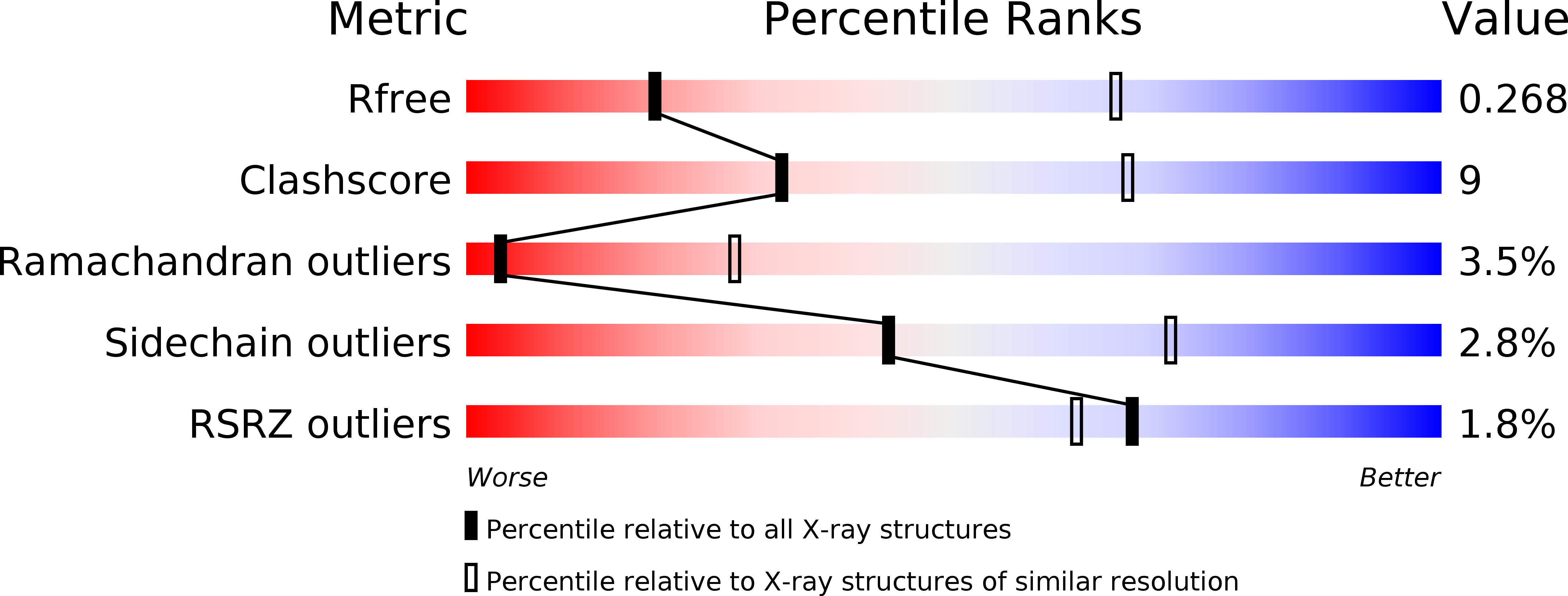
Deposition Date
2019-08-11
Release Date
2020-07-08
Last Version Date
2024-11-13
Entry Detail
PDB ID:
6KOI
Keywords:
Title:
Crystal structure of SNX11-PXe domain in dimer form.
Biological Source:
Source Organism:
Homo sapiens (Taxon ID: 9606)
Host Organism:
Method Details:
Experimental Method:
Resolution:
3.50 Å
R-Value Free:
0.26
R-Value Work:
0.23
R-Value Observed:
0.23
Space Group:
P 21 21 21


